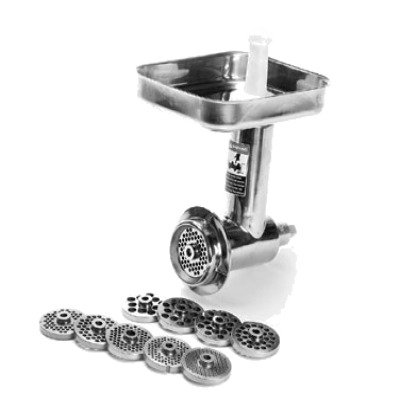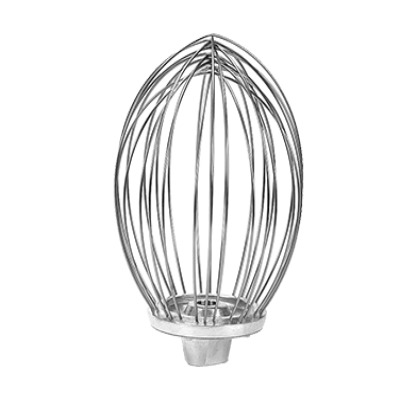Anyone in the foodservice industry knows that the operation of an institutional kitchen is responsible for a great deal of energy consumption within the facility. Not only does the cooking process require a lot of power, storage of ingredients at food safe temperatures that are also optimal for getting the longest shelf life out of your ingredients requires a great deal of electricity.
You can reduce energy consumption and control your expenses by adopting these best practices for use of your Walk-In Refrigerators and Walk-In Freezers.
1. Make sure that you use the proper operating temperature. Through our site visits over the years, we have found that users are often setting the thermostats lower than is necessary causing a waste of electricity by having their walk-in cooler run when it shouldn’t. If you are in doubt about the proper temperatures for the ingredients that you’re storing in your walk-in cooler, give us a call and we can assist you.
2. Take a look at the inventory that you are storing in your walk-in refrigerator or freezer. A great way to reduce energy consumption is to organize the stored food products to minimize door openings. Ideally, you will be able to operate your kitchen with only infrequent, brief openings of your walk-in to minimize cold air loss. Also, monitor employees throughout the day that utilize the walk-in so that you can be sure they do not prop the doors open for any reason.
3. When the walk-on is not occupied, the lights aren’t needed and should be turned off. Lighting consumers electricity and it generates heat so you can reduce energy consumption without any inconvenience to users with this simple step.
4. Partially or fully unpackage product to eliminate unnecessary packaging materials. Packaging is meant to insulate product from outside temperatures, slowing down product cooling requiring more energy and electricity to bring them to the temperature within your walk-in cooler.
5. Be sure to leave air space between any stored products so that cool air can circulate fully around stored food and reduce the temperature faster, reducing energy use.
6. Hot foods should be cooled to room temperature before they are placed inside of a walk-in. Almost all foods can be safely cooled to room temperature prior to placing them inside a cooler or freezer. If you are unsure about cooling certain foods to room temperature before cooling, your local health officials should be able to assist you.
7. Check the settings of your walk-in freezers to be sure you are using the proper defrost cycles. There are two defrost cycles required for normal use. If excessive frost forms on coils, they you need to have your walk-in serviced to ensure it is running efficiently and is not wasting energy to maintain normal operation and using excessive electricity.
8. Perform regular cleaning and maintenance to your walk-in cooler. Keep compressors free from dirt, leaves, paper and other matter because these can cause an increase in electricity consumption. It is best to regularly vacuum the compressor for efficient operation.
If you have any questions regarding Commercial Walk-In Coolers, you can contact Cook’s and we will assist you. Along with following the best practices listed above, having the right walk-in cooler or walk-in freezer for your operation is important. Having a unit that is too large is inefficient and a unit that is too small will be working overtime. We have the resources to assist you with your commercial walk-in needs. At Cook’s Direct, we work with top of the line walk-in manufacturers. We have a selection online of Norlake Walk-in Coolers and we offer custom solutions from Kolpak, Arctic, Master-bilt and others.




















